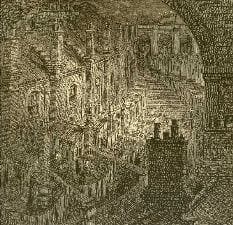
This lesson is aimed at Y9/GCSE students. It addresses three principal aspects of history teaching:
- How to be thoughtful and discriminating when selecting evidence that is relevant to answering two different questions on the same topic.
- How to explore the different aspects of historical explanations, especially different perspectives (Indian and British), local and national
- How to use the types of phrases that historians use when expressing different emphasis and the dynamics of causations (e.g. trigger, catalyst )
Step 1
Introduce the enquiry questions using slide 1. Explain that during the lesson you learn three really important skills, as above.
Step 2
Students will need some narrative background to the two separate but linked events, but it is really important that we don’t close down the debate. Presenting students with too comprehensive and authoritative view at the start will not really engage them in the historical process that led to








